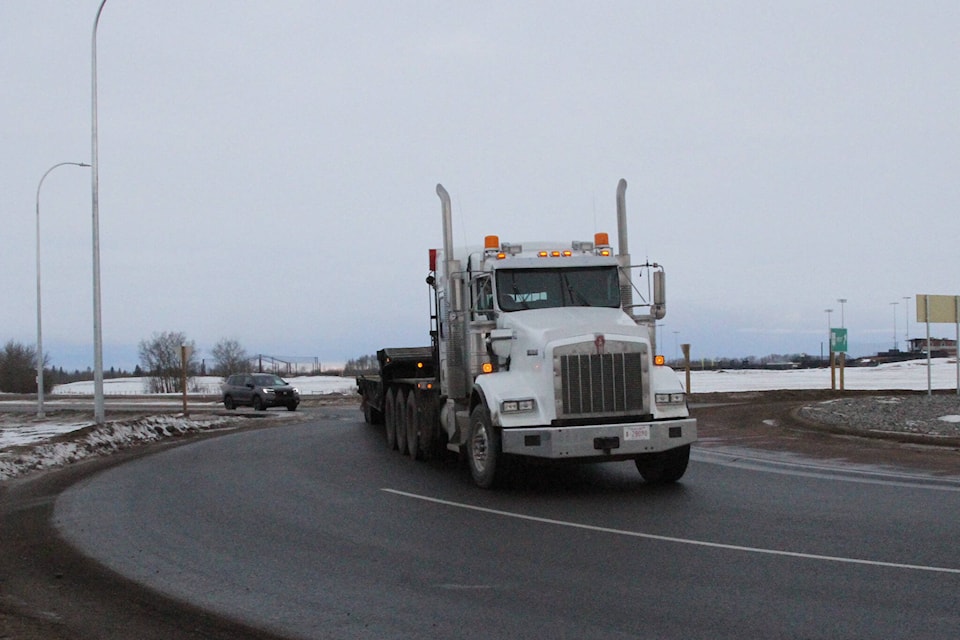Twinning Highway 11 along the existing route has been recommended by consultants based on public feedback and other factors such as cost-effectiveness and environmental impact.
An open house has been set for April 5 from 4 to 8 p.m. at Sylvan Lake’s NexSource Centre to present the results of the evaluation process.
The $120 million twinning project was announced in July 2020 and the $15 million first phase has been completed, which saw a four-km stretch of highway twinned west of Highway 20 and the construction of roundabouts at Highway 781 (50th Street) and Range Road 15 (60th Street).
The next phase will see the highway twinning from two kms west of Highway 781 to Benalto. Construction is expected to begin this year.
Two remaining phases include a 10-km stretch from Benalto to the Leslieville turnoff (Highway 761) and a 32-km link from Leslieville to Rocky Mountain House.
CIMA Canada Inc. consultants did extensive consultation with those most affected by the last 42-km stretch. Consultants had virtual interviews with dozens of residents, spoke with affected municipalities along the 42-km stretch and there have been small group meetings and a pair of open houses each attended by 150 people.
A number of options were presented, including increasing the number of passing lanes. While that would have the least amount of impact on farmsteads and acreages it would not significantly improve the highway and upgrades would still be required within 20 years.
Another option is to twin the highway using a “couplet” concept, which would see eastbound and westbound lanes separated by 800 metres with the westbound lanes part of a new stretch of highway. A fourth option — rejected quite early in the process — would have created an entirely new highway, leaving existing Highway 11 as a local route.
A majority of residents opposed the couplet and new alternate highway options. Passing lanes were also not generally supported.
Consultants also evaluated each option based on financial, environmental, user benefit, community sustainability and economic considerations.
It was determined twinning along the existing route was best option and was recommended to Alberta Transportation and Economic Corridors earlier this year.
That option was the most cost effective and had the second least environmental impacts, was the second best option for road users, posed the least disruption to farmers and agricultural land and offered the best economic benefits.
This summer, consultants expect to have a functional plan prepared that will provide more details on how landowners may be affected. Property owners most likely to be impacted will be contacted again to discuss twinning plans and whether there are changes that could be made to address specific concerns.
For more information go to: www.alberta.ca and search “Highway 11 twinning.”
